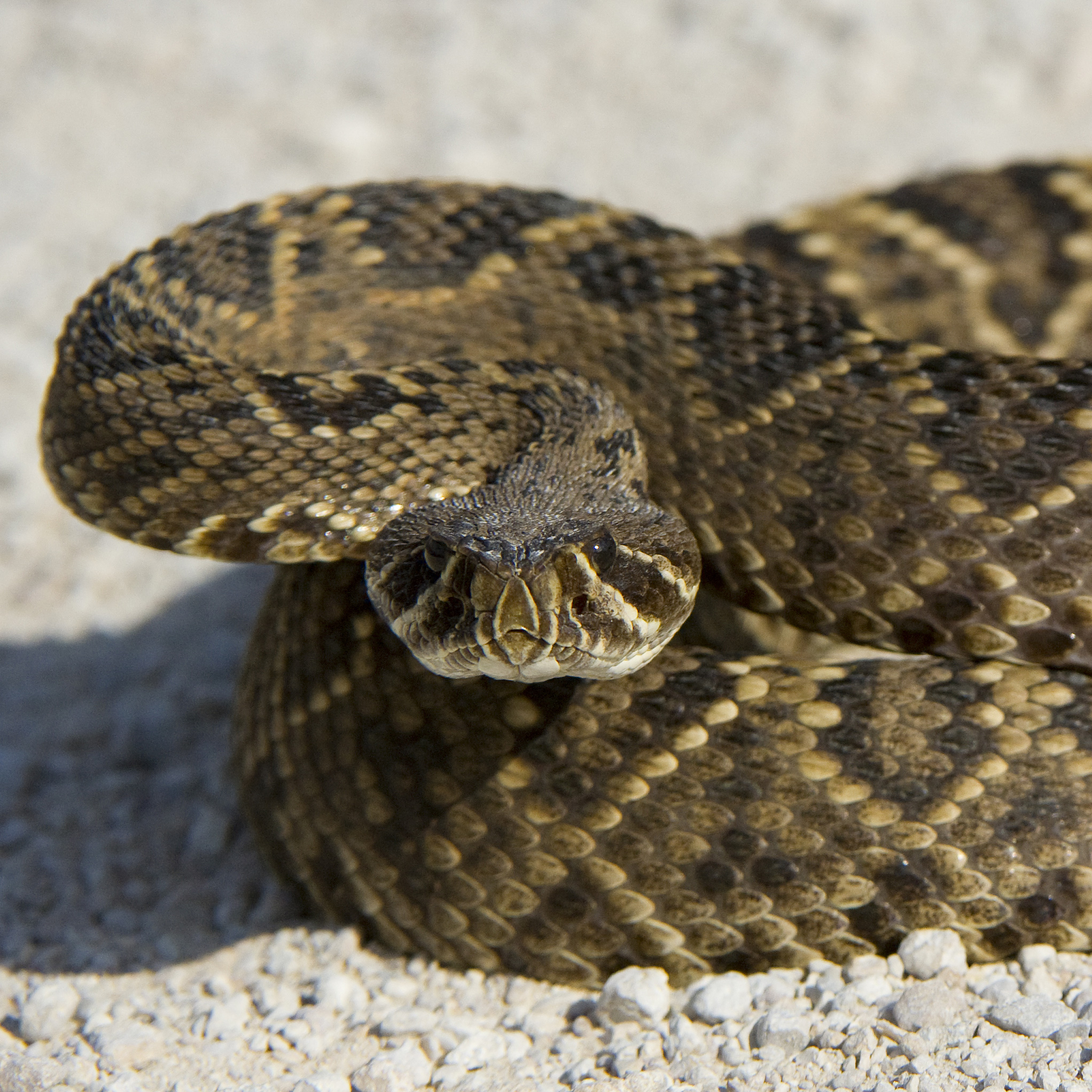Watch as gandalf the rattlesnake sheds the last third of his skin.. Watch: timber rattlesnake sheds his skin january 8th, 2018. lsc news. liberty science center's newest animal resident is the timber rattlesnake – and he seems to be adjusting quite nicely to his new home! a few days ago, the snake was caught shedding his skin in front of many visitors.. Understanding timber rattlesnakes – knowing how to identify them and how they behave in the wild – will help people better co-exist with this venomous reptile. it will also help to demystify the species and make it a more accepting part of our environment..
Rattlesnake fangs are connected by venom ducts to large venom glands near the outer edge of the upper jaw, towards the rear of the head. when the rattlesnake bites, muscles on the sides of the venom glands contract, which squeezes the venom through the ducts and into the fangs.. Timber rattlesnakes are the largest venomous snake found in missouri, ranging from three to five feet long - not including the rattle! these snakes are members of the viper family. like other north american vipers, they have a broad, flat, triangular-shaped head.. Timber rattlesnake (crotalus horridus)other names canebrake rattlesnake texas status threatened description timber rattlesnakes have wide heads and narrow necks—a typical distinction of all venomous snakes except coral snakes (micrurus fulvius).timber rattlers are the second largest venomous snake in texas and third largest in the united states..
